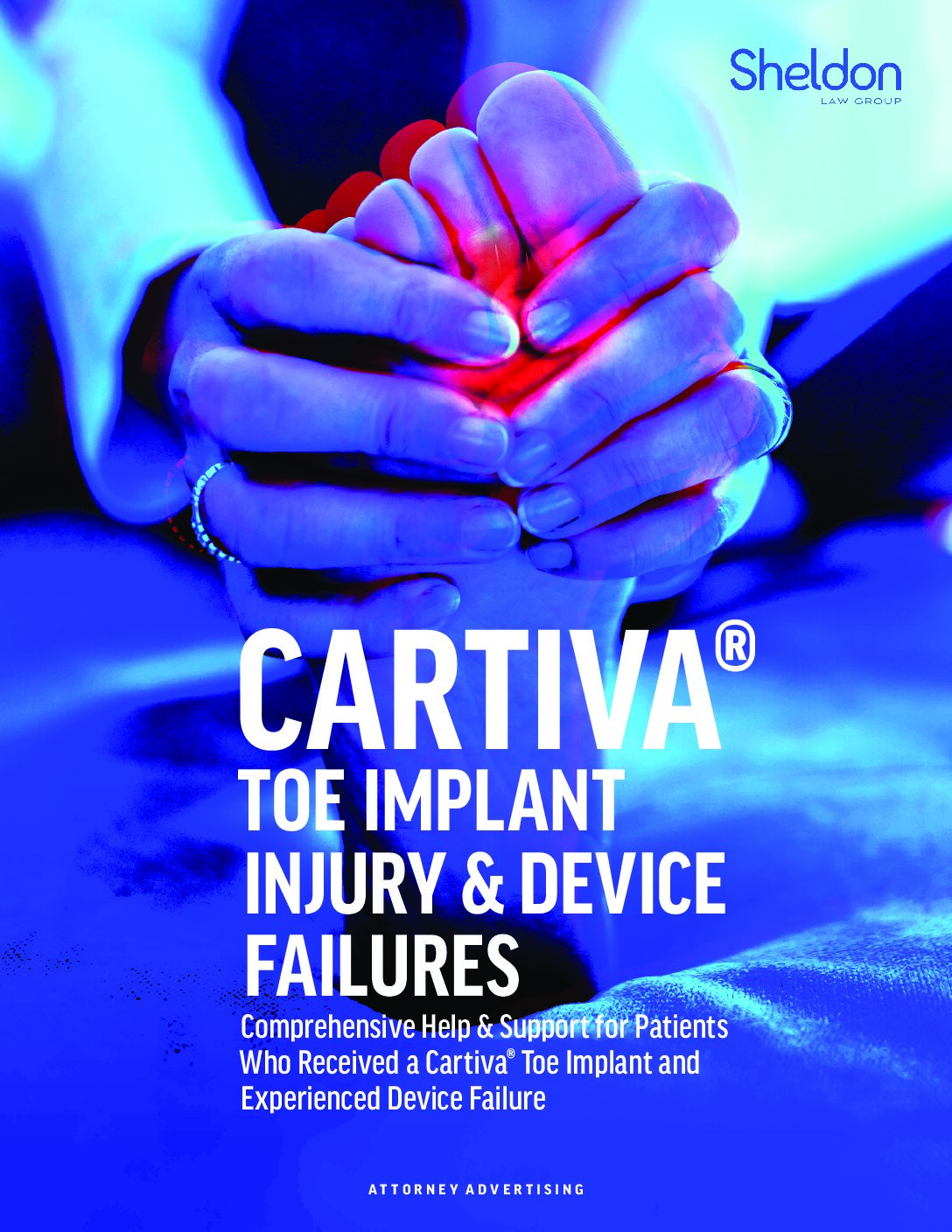How the Implant Fails
A study that was done in 2020 by the American Orthopedic Foot and Ankle Society showed that over 64 percent of patients who had the Cartiva implant experienced failure. These failed cases happened in the first month post-surgery. Of the participants in the study, 40 percent had erosion of the metatarsal bone. Another 43 percent saw no improvement in their pain levels or mobility. A total of 57 percent had radiologic translucency surrounding the implant.
The Cartiva implant made up more than 23 percent of reports on adverse events for implants of the big toe between 2010 and 2018. This information was published by the Journal of Foot and Ankle Surgery.
Why the Implant Failed
Researchers studied the failure issues and revision surgeries and have speculated that the implant may have a faulty design. The smooth surface of the implant may not attach to the bone surrounding it. Because of this design, it could slip out of place.
Before the implant is placed between the two joints, it must be soaked in a water solution. It requires hydration to function correctly. Since the joint is dehydrated from arthritis, it may not be able keep the device hydrated properly. If the implant shrinks, it may move and sink into the bone. The surrounding bone may also be too weak to support the implant and keep it in place. Patients with a failed implant may have increased pain in the toe and suffer from a fracture if the implant sinks into the bone.
If You Had to Have Revision Surgery After Receiving a Cartiva Toe Implant, We Can Help.
If you have suffered from complications after receiving a Cartiva Toe Implant, contact us now. We are fighting to protect the rights of patients allegedly injured by Cartiva toe implants and hold the device makers fully accountable for putting profits above the health and well-being of patients.
Patients who received a Cartiva toe implant and were forced to have revision surgery to remove or replace the device, may be entitled to significant financial compensation. Contact us now to learn more about your rights and whether you are entitled to compensation.





